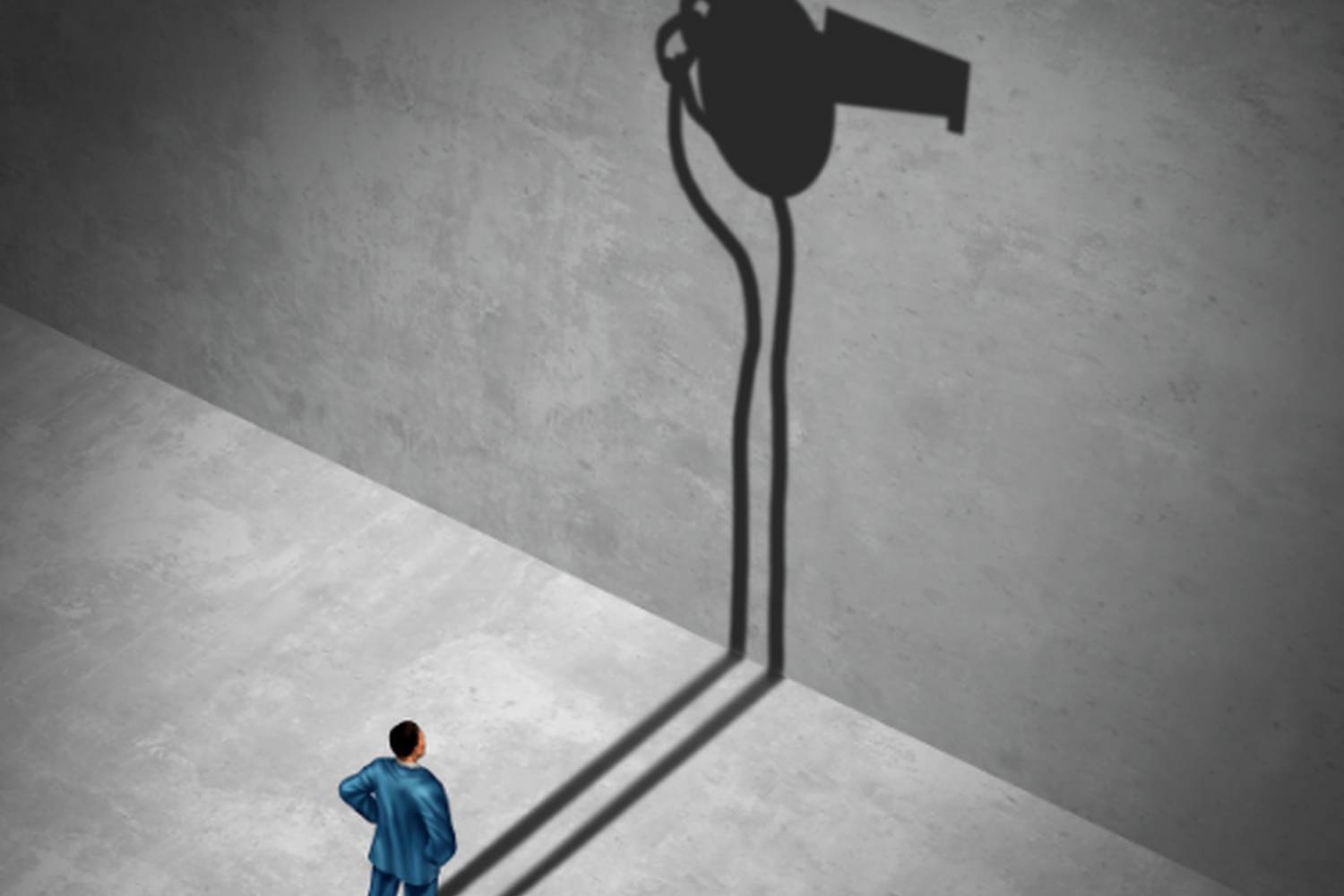There’s been a disturbing trend when it comes to whistleblowing in the last few years. At many organizations, employees whose job it is to spot and remediate company-wide problems are actually the ones claiming whistleblower status and bringing issues to the courts and regulators. This includes individuals working in such departments as audit, compliance, IT and even in-house counsel.
This trend raises an important question: Is someone a whistleblower when they raise concerns that are a part of their own job responsibilities?
This trend raises an important question: Is someone a whistleblower when they raise concerns that are a part of their own job responsibilities? Are the activities they engage in each day protected – a legal definition that safeguards whistleblowing employees?
There’s no one direct answer to these questions, especially because this issue continues to divide the courts as illustrated by two decisions from recent months.
No Clarity from the Courts
In one case involving a major manufacturer, a woman who worked in HR filed a discrimination claim against her company and recommended another employee who came to her for advice to do the same. The HR representative was subsequently fired, with the company arguing that HR reps cannot engage in protected activity if they encourage others to sue. But the court determined that the HR rep was protected from retaliation because the company ignored her repeated complaints.
But the court determined that the HR rep was protected from retaliation because the company ignored her repeated complaints.
On the other hand, a former West Chester University of Pennsylvania Director of Budget and Financial Planning was fired after she had reported alleged manipulations of budgets and figures to increase state funding. The court ruled that she was just acting within her official duties – meaning, her actions were not protected, and she could legally be fired.
Why Is This Happening Now?
To determine the reasons behind this trend, first look to the Dodd-Frank Wall Street Reform and Consumer Protection Act. Dodd-Frank created enhanced protections and incentives for whistleblowers and this has triggered a mobilization of the plaintiffs’ bar to focus on whistleblowing.
Societal factors are also at play. Because of movements like #MeToo, people are more emboldened to address perceived issues and problems. But all of this doesn’t mean that organizations aren’t shocked when they receive a demand letter from an attorney representing an employee in HR, compliance or similar fields.
Fortunately, there are concrete measures which organizations can take to spot red flags and avoid a lot of the problems at the heart of these matters in the first place.
Preventing Problems
Organizations should first be on the lookout for employees tasked with remediating problems in the company who repeatedly complain that an issue is not being adequately resolved. In particular, employers who encounter such an individual should consult with counsel before administering any adverse action against such individual as this may well engender a claim of retaliation.
Organizations should also take every concern that arises seriously through an investigation.
Organizations should also take every concern that arises seriously through an investigation. These investigations are made much easier when there are plans and protocols in place for how to conduct them. Especially when an unexpected complaint occurs, a well-prepared plan is the best method for handling the situation.
These sorts of issues can also be managed more simply if organizations have multiple channels and policies in place for employees to report problems. Strong reporting mechanisms help all employees feel more comfortable to bring up issues. Despite the uptick in the cases I noted above, many people, especially in the tech world, still do fear retaliation after reporting an issue.
Organizations should have policies in place that make it very clear what employees are expected and able to do when concerns arise. All employees should be made aware of the organization’s whistleblowing and speak- up policies and their message that good faith concerns should be made in one of those reporting channels.
Put simply, even though the characteristics of whistleblowers can change over time, the methods to create a strong culture of compliance largely remain constant.






